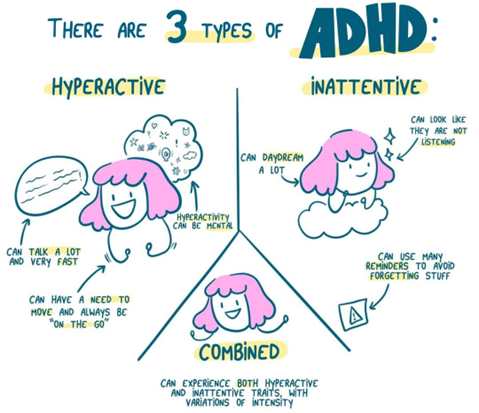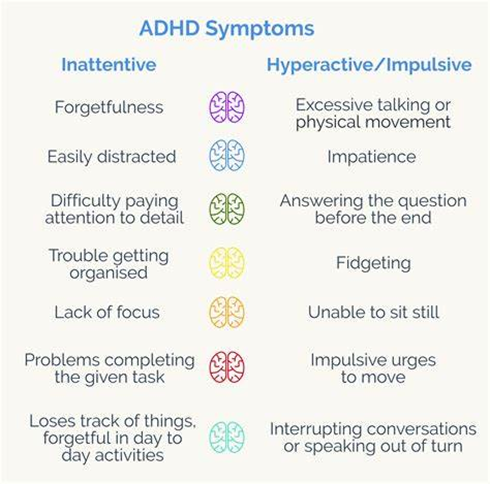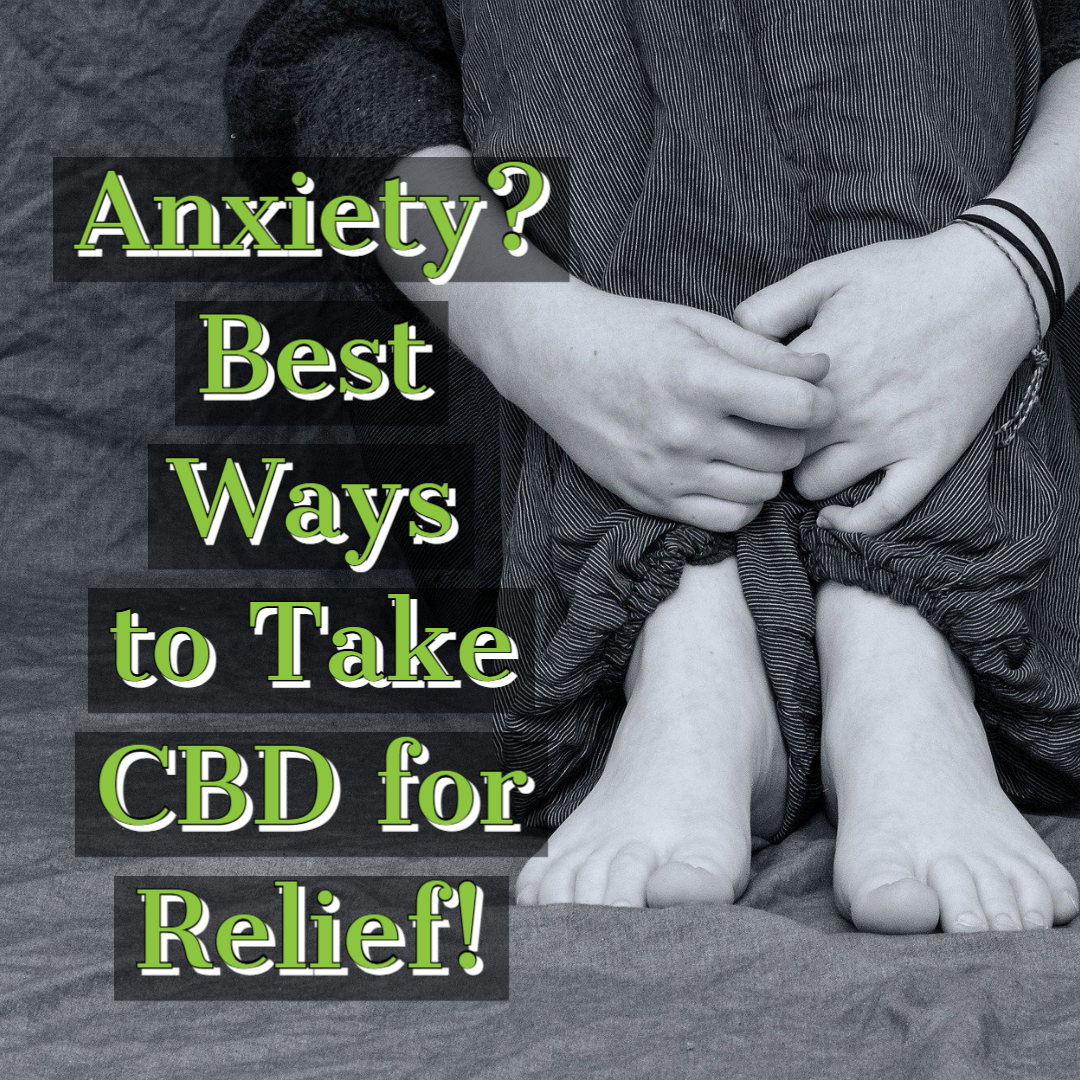ADHD symptoms for women, and how they can affect YOU!
Many people in this life have gone their whole lives feeling a bit… different. They feel unable to focus, unable to properly regulate themselves in their personal lives, hyper fixate on different topics, have difficulties in their relationships, etc. For some people, this is their normal, and you may be wondering, why? How? Well, these may be symptoms of ADHD/ADD. In this article, we will discuss the symptoms of this condition, and how it could be affecting you.
Before we go into the details, it should be known that these types of conditions are very much underdiagnosed in girls and women. Many of these neurodevelopmental conditions are either undiagnosed or misdiagnosed by doctors. If you have concerns about any symptoms that seem similar to those causing concerns, we always recommend doing your own research and speaking with a health professional for more details.
What is ADHD?
Attention-deficit/hyperactivity disorder (ADHD) is a neurodevelopmental disorder characterized by difficulty paying attention, hyperactivity/impulsivity, or it can be a combination of both. People with ADHD may struggle to impulse control, following directions, completing tasks, among other symptoms. ADHD is considered one of the most common mental conditions in children, with an estimated 6 million children ages 3 to 17 years having ever been diagnosed. While ADHD is usually diagnosed in childhood, there are still many people who go undiagnosed until adulthood.
How does ADHD affect Women?
ADHD can affect women in the following ways: Psychological distress, feelings of inadequacy, low self-esteem, and chronic stress. Often, women with ADHD feel that daily tasks may seem incredibly overwhelming, especially compared to the average person. Culturally, women are expected to take the role of someone who “has it all together”. So, for someone with ADHD, it makes it much harder to organize or plan, thus causing many societal pressures increase the feelings of stress. Undiagnosed or underdiagnosed ADHD in adults can look like missing
deadlines, having greater difficulty focusing, and problems organizing different parts of daily life. It can also look like having trouble regulating your emotions, causing life to feel even more chaotic.
It can end up affecting your relationships, day to day life, work, and school. Friendships can be hard to navigate because of the social rules that are overly complicated and don’t always make sense. Maybe you become easily snippy at another person because you aren’t able to regulate your feelings. Or you may be perceived as chattier about the topics you like, and more disinterested in topics you aren’t interested in, causing your mind to drift off. Sometimes, you can find yourself talking excessively (this can look like over-explaining yourself or “info-
dumping,” an informal term for talking at length about something you enjoy). You can also experience conversational self-restraint issues (you frequently interrupt people or finish their sentences).
Other conditions and ADHD:
While many people can only have ADHD, it is also possible to have other conditions in addition. The most common conditions being anxiety and depression. It is also possible to have other mood disorders. Substance use disorders, such as addiction to alcohol or drugs, anxiety
disorders (such as social anxiety disorder (SAD) or obsessive-compulsive disorder (OCD), sleep disorders, eating disorders (such as anorexia or bulimia), or even mood disorders (like depression or bipolar disorder).
How many people experience ADHD?
According to most studies, there is a 2 to 1 ratio of boys being diagnosed over girls in childhood. In adulthood, it becomes more likely for women to get a formal diagnosis. While research indicates that the condition is more common in boys and men, there is also evidence that it
often goes undiagnosed in women.
ADHD in women may be underdiagnosed for a few reasons:
Stereotypes of sex, gender, and behavior: ADHD-linked behaviors, particularly hyperactive/impulsive symptoms, are often considered more socially acceptable for boys and men. As a result, women may suppress or hide ADHD behaviors to fit in better.
Bias: Because ADHD is more common in men and boys, healthcare providers and educators may not look for the symptoms in women. That can make it harder for women to receive a correct diagnosis and treatment.
What can cause ADHD?
Researchers are continuing to examine why and how brain development is related to ADHD. However, they believe ADHD has a strong genetic link. If at least one of your parents has ADHD, your chances of having ADHD are higher, and then your children are also more likely to develop it. People who have ADHD are considered neurodivergent. That means that their brains develop and work differently than those who are neurotypical (which means that their brains develop, and work as expected). There has been additional evidence to show that brain
structure and brain chemistry, and hormones may cause some of the characteristics associated with ADHD.
What can be done to help?
There are many treatment plans that can be done to help with ADHD and its accompanying symptoms.
CBT (Cognitive Behavioral Therapy) is a really good method to help those with ADHD symptoms to be able to regulate themselves and work on strategies to cope with these symptoms. Talking to another person can help reduce depression and anxiety symptoms that can occur as well.
Some people take medications to help them manage their symptoms. One of the most common medications used for ADHD is stimulants, some examples being methylphenidate and amphetamine. The purpose of stimulants is to boost and balance the brain chemical levels (aka
neurotransmitters). Other medications used to treat ADHD include nonstimulant atomoxetine and some antidepressants such as bupropion. Atomoxetine and antidepressants work slower than stimulants, but these may be advantageous if you can’t take stimulants due to health problems or if stimulants cause severe side effects. Though, we always like to inform people that just because this works for some people, it does not mean this method will work for everyone.
There are alternative medicines that can help in the CBD industry. Research is still being done on how cannabinoids help in terms of ADHD. As of now, it has been discovered that the compound called Cannabichromene (aka CBC) has shown decent results. CBC is a non-psychoactive cannabinoid that is among the most abundant in the cannabis plant, following CBD and THC and several others. While CBC shares structural similarities with CBD, their properties differ significantly. It helps with reducing anxiety and depression symptoms in the
brain, allowing the adhd symptoms to be more at ease.
Regardless of how you would like to go about treatment, we always recommend doing your own additional research and speaking to a health care professional to make sure you are getting the care you need.






Leave A Comment
You must be logged in to post a comment.